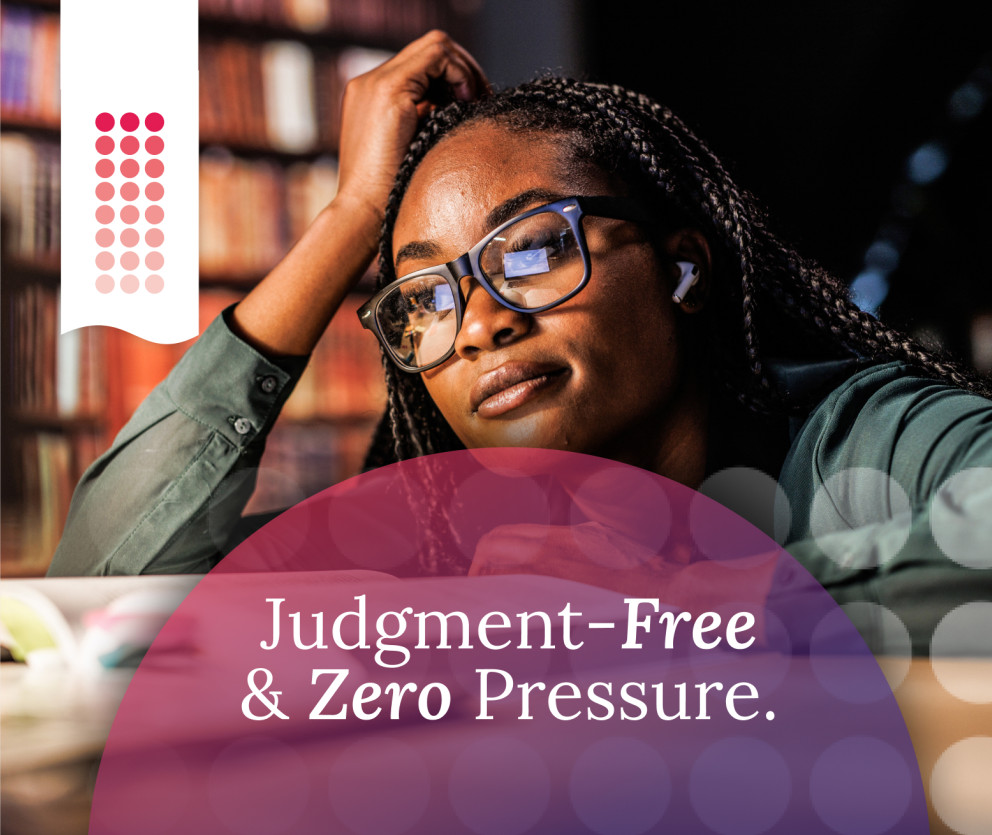Personal Bankruptcy: FAQ
We’re here to answer your questions about filing for personal bankruptcy in Canada, and to help guide you toward a fresh financial start.
Want to Skip the Info?
We’ve got you covered:

What is bankruptcy?
Answer
Bankruptcy is a legal process that helps eliminate overwhelming unsecured debts when you can’t pay them. You may need to surrender certain non-exempt assets, and in return, you gain debt relief and protection from creditor actions like wage garnishments or collection calls.
Your Questions Are Important to Us.
General faq
Why would I file for personal bankruptcy?
Filing for personal bankruptcy in Canada may be the right step if your debts have become overwhelming and unmanageable. It’s designed to provide a legal, structured way to clear what you owe and protect you from creditor actions like wage garnishments or account freezes.
How does personal bankruptcy work?
Personal bankruptcy is a legal process that assigns any non-exempt assets you may have to a Licensed Insolvency Trustee, who then works with creditors to settle your debts. Once completed, the bankruptcy discharges your qualifying debts and gives you the chance to rebuild with peace of mind.
How much do I pay when filing for bankruptcy?
Most first-time bankruptcies require a base contribution cost starting at $1,800, typically paid in monthly installments. You may have additional payments depending on your income (known as surplus income) or the value of non-exempt assets.
Are there fees for personal bankruptcy?
There are no upfront fees to begin the process with Spergel. If you choose to move forward, your Licensed Insolvency Trustee will explain any costs involved clearly — all of which are standardized and regulated by the federal government.
What is an example of a personal bankruptcy scenario?
If you’re struggling to make minimum payments on high-interest credit cards, receiving calls from debt collectors, or facing a wage garnishment, bankruptcy may be your most effective path forward. You can be debt-free within 9–21 months, depending on your circumstances.
How do I file for personal bankruptcy?
Start by booking a free consultation with a Spergel Licensed Insolvency Trustee. They’ll assess your situation and guide you through the paperwork and process, ensuring your case is officially filed and your protection begins.
What happens if my bankruptcy is opposed?
In rare cases, creditors or the Trustee may oppose your discharge if duties aren’t met. This can delay the process. That’s why it’s essential to stay on track with your obligations — and why we support you every step of the way.
When does bankruptcy clear my debts in Canada?
Most first-time bankruptcies are discharged after 9–12 months, provided all conditions are met. Once discharged, your bankruptcy personal debt — like credit cards and unsecured loans — is legally cleared.
Assets & Benefits
What happens to my assets when I file bankruptcy?
You may need to surrender non-exempt assets, but many essentials — like your home, car, and personal belongings — can be kept, depending on your province’s exemptions.
Can I keep my home or car?
Yes — as long as you stay current on secured payments and the equity is within your province’s exemption limits. If not, we’ll help you consider other options like a consumer proposal.
Can I keep my personal possessions?
Absolutely. Personal belongings, work tools, and household items usually fall within provincial exemption limits and are not affected by the bankruptcy process.
How are my savings and investments affected?
Some RRSPs and pension funds are protected under Canadian law. Your Licensed Insolvency Trustee will review your savings with you and explain what is exempt.
What about my tax returns and benefits?
Unfiled tax returns will be completed by your trustee, and any refunds may go toward your creditors. Government benefits like the Canada Child Benefit are generally not impacted.
Advantages / Disadvantages
What are the advantages of filing for bankruptcy?
You eliminate most unsecured debts, stop legal actions, and start rebuilding credit within months. Bankruptcy also protects you under a stay of proceedings — meaning no more collection calls or wage garnishments.
What is the difference between bankruptcy and a consumer proposal?
A consumer proposal allows you to repay a portion of your debt, usually without losing assets, but takes longer to complete. Bankruptcy offers faster relief but may affect assets if they are above exemption thresholds.
How does bankruptcy compare to debt consolidation?
Debt consolidation requires taking out a new loan, often with interest, and repaying the full amount. Bankruptcy for personal debt, by contrast, can eliminate most debts and typically costs less overall.
Still Have Questions?
Book a call with Spergel today. We’ll walk you through your situation and help create a plan that makes sense — whether that’s claiming personal bankruptcy in Canada or exploring other debt relief options.

Find Out How Much You Can Save With a Consumer Proposal!
Try our easy-to-use calculator and learn how much a consumer proposal could cut down your debt.
Real Canadians. Real Success — Like David
“Spergel has been a true lifesaver for me. Facing overwhelming debts and a very challenging time in my life in general, they expertly navigated me through the bankruptcy process with compassion and efficiency. Their hands-on approach made the process seamless. Now, I’m on the road to financial recovery, free from the burdens of the past. Thank you, Spergel, for providing the support I needed for a fresh start.”
– David, Ontario


David’s Story is just one of many
David’s story is just one example of how bankruptcy, when guided by the right support, can offer real hope and lasting relief. Whether you’re dealing with personal loans, tax debt, or creditor pressure, bankruptcy can be a lifeline. Explore more Success Stories from Canadians we’ve helped — or reach out so we can help you, too.
They Said It Best
Don’t take our word for it. See what some of our past clients have said.
Get Answers on Personal Bankruptcy and How It Works
Contact us to set up a conversation about your situation.
Quick Contact Form
"*" indicates required fields
Book a Specific Date/Time
Call Us During Business Hours
When you call, you will be connected with one of our Licensed Insolvency Trustees (LITs) during our regular business hours.
Toll Free: 1-877-557-7367
Monday to Friday 8am – 7pm EST
Saturday 9am – 4pm EST
Sunday 10am – 5pm EST
You can also reach us at one of our office locations phone numbers. See our list below on this page.
Mobile Text Us During Business Hours
From your phone, you will be connected with one of our Licensed Insolvency Trustees (LITs) during our regular business hours.
Monday to Friday 8am – 7pm EST
Saturday 9am – 4pm EST
Sunday 10am – 5pm EST
Not during office hours? Use our Chat on this page 24/7 and get connected for answers and live chat later.
Email Us
Sometimes a simple email is the way to get things rolling.
Expect a reply from us during our business hours:
Monday to Friday 8am – 7pm EST
Saturday 9am – 4pm EST
Sunday 10am – 5pm EST
Click the button below to reach or use our email address:
hello@spergel.ca

Let’s Find What Works for You
Busy Schedule? Book a Date/Time:
Prefer to Call? Reach Us Here (Toll Free):
Find a Spergel Office Near You
Use the map to find a Spergel office near you and connect with a Licensed Insolvency Trustee.